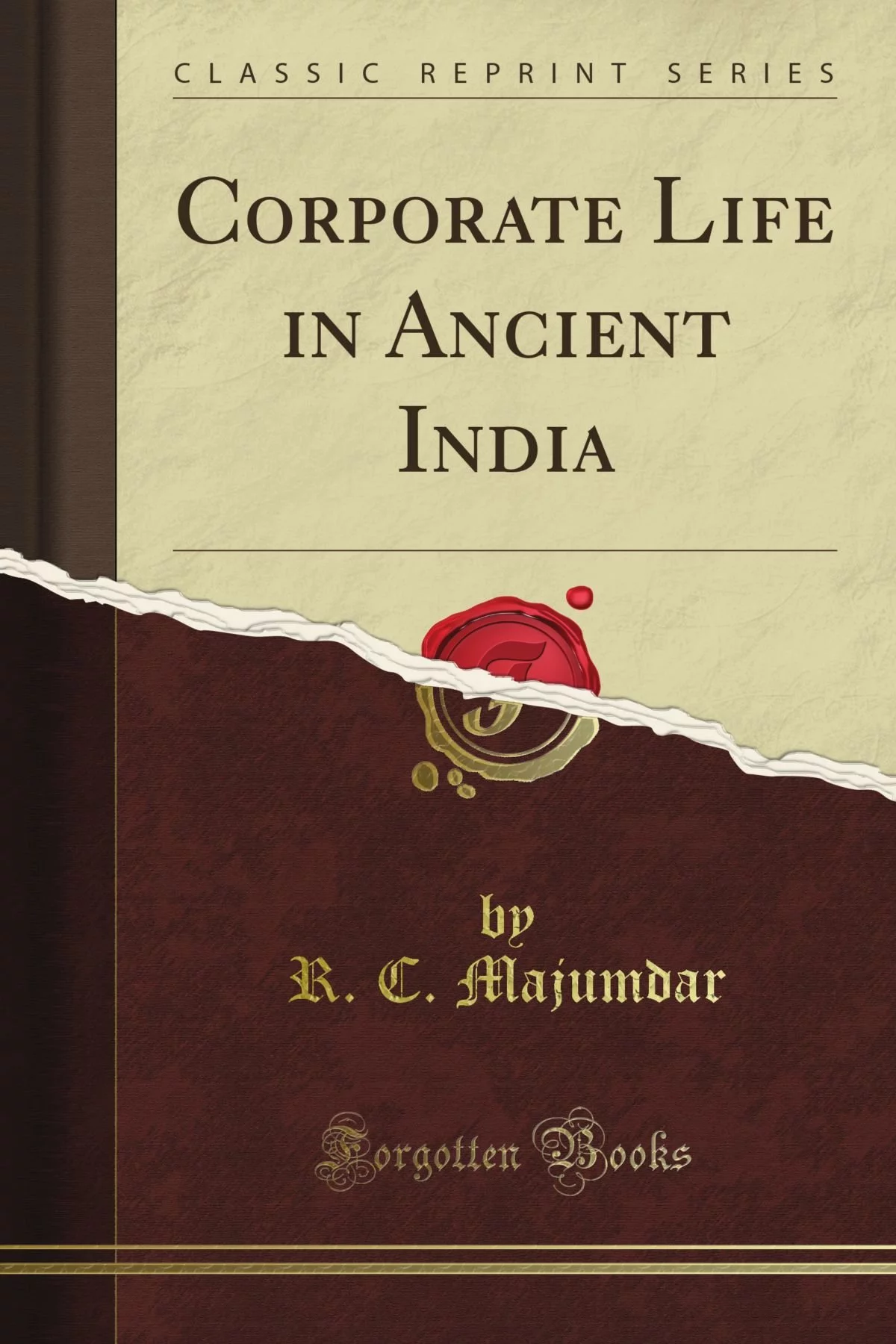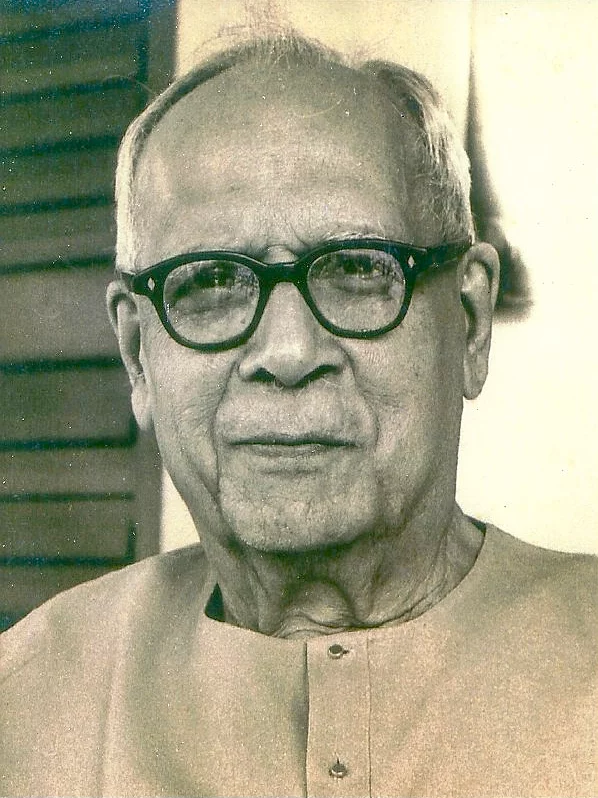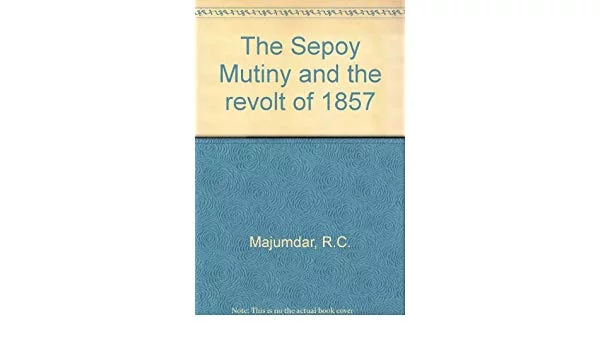
On July 10, 1806, in Vellore, Tamil Nadu, the rebellion by Indian soldiers marked one of the first moments in the Indian resistance against British colonial rule. It defines a pivotal moment in the history of the Indian Freedom Movement. The grievances of the Indian sepoys or soldiers in the British Army and the British imposition of cultural changes sparked this uprising. It marks a manifestation of the growing discontent among Indians towards British rule.
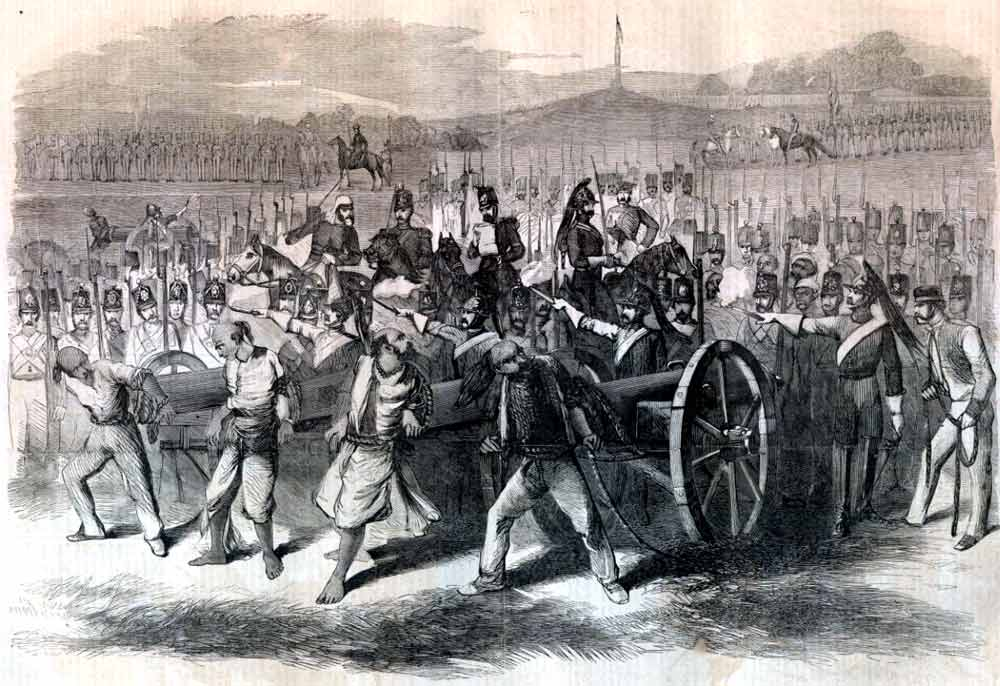
The rebellion was primarily led by the sepoys of the Madras Native Infantry stationed in Fort Saint George. The soldiers launched an armed revolt against the British East India Company killing 14 officers, including the Fort Commander, and 115 of the 69th Regiment deployed in the Fort. The mutiny sparked the fire of rebellion among the Indians nationwide. Thereby, becoming a catalyst for subsequent revolts and movements in India.
Causes of the 1806 Rebellion
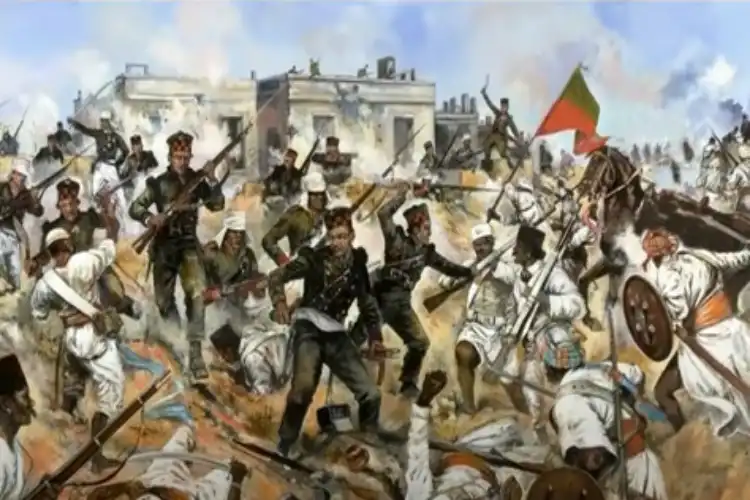
The rebellion saw the participation of both Indian sepoys and the local population of the region. Indians irrespective of religion or caste united under the oppression of the East India Company’s rule. The primary causes of the struggle were:
- Enforcement of new military regulations prohibiting religious identity symbols; like tilak or beard.
- Cultural suppression in the form of reformed uniforms which excluded Indian traditional clothing, like turbans, in favor of the leather cockade. The animal skin headdress was rejected by Hindus and Muslims alike for religious reasons.
- Lashing of more than 20 sepoys for protesting the new British uniform regulations.
- The suppression of the ‘Fakir and Sanyasi Armed Rebellion’ in Bengal, Odisha, and parts of UP created unrest among the soldiers.
Unfolding the Path of the 1806 Rebellion

Initially, the rebellion was planned for the 11th of July. However, a drunk sweeper revealed the plans of the rebels. Thus, on the fateful night of 10th July 1806, a group of sepoys led by Subedar Muneer Khan and a few other senior Indian officers initiated a well-coordinated attack on the British garrison within Vellore Fort. Armed with traditional weapons and fueled by a sense of nationalism, they engaged in a fierce battle against the British forces. The Fort was home to the Tipu Sultan’s family after his defeat. The rebels also got the support of civilians that had accumulated in the Fort under the pretext of Tipu Sultan’s daughter’s wedding.
The rebelling soldiers took the fort in the name of Tipu’s second son Fateh Hyder. They flew the flag of the Mysore Sultanate on the fort during the night. They shot the commanding officer of the Fort and 13 other officers. Intense fighting led to the death of 115 other soldiers. However, a small number of British forces held onto a part of the fort. Moreover, an officer was outside the garrison on the night of the rebellion. He quickly informed the British forces in Arcot to suppress the rebellion.
The British army from Arcot quickly arrived and suppressed the rebellion using a heavy hand. They blasted heavy ammunition to gain entry to the fort.
Once they had the situation in hand they rounded up the rebelling soldiers. They shot 350 rebelling soldiers on sight. Thus, the British retook the fort after intense fighting to quell the rebellion. Although the rebellion surprised the British forces, they were able to suppress it within a few hours of the arrival of the Arcot army.
Who Betrayed the Indian Soldiers in the 1806 Vellore Mutiny?
Records state that Mustafa Baig was a sweeper in the fort. He informed commanding officer Lt. Col Forbes about the brewing rebellion. However, Forbes and other native officers dismissed the claims of mutiny and declared Mustafa Baig insane. Additionally, Mustafa was confined inside the fort. After the mutiny occurred on 10 July 1806, the Britishers released him and rewarded him with 2000 pagodas. Moreover, his loyalty to the British was recognized by awarding him a Subedar’s pension and a medal.
Lesson From History
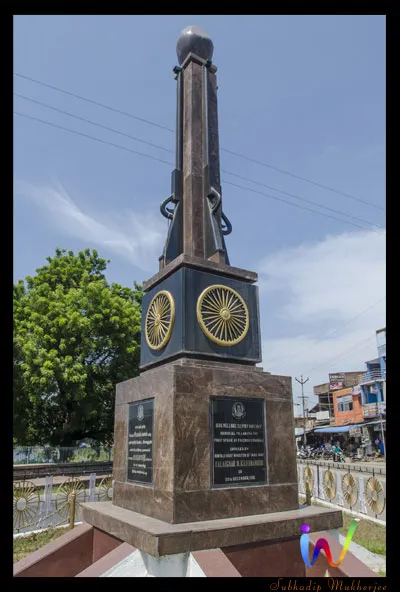
The Vellore rebellion serves as a reminder of the determination and courage displayed by the Indian soldiers and civilians in their struggle against British oppression. Jawahar Lal Nehru and Vinayak Damodar Savarkar mark it as the First Movement of the Indian Freedom Struggle against the British Forces. It highlighted the deep-rooted desire of Indians for independence and their commitment to preserving Indian culture and traditions. The rebellion also helped in increasing a sense of nationalism and unity among Indians.
The 1806 Vellore Rebellion showcased the importance of unity, cultural preservation, and nationalistic fervor in the fight against oppression. It inspired future leaders and movements, serving as a reminder that the struggle for freedom required not just military might but also a deep-rooted commitment to preserving Indian heritage and traditions. The rebellion emphasized the significance of a united front and the power of ordinary people to challenge oppressive regimes.
References
- https://frontline.thehindu.com/the-nation/spark-from-vellore-1806-fort-mutiny-1857-revolt/article35257752.ece
- A HISTORICAL STUDY ON THE VELLORE MUTINY, International Res Jour Managt Socio Human (2013), Vol1, Issue 4, https://www.academia.edu/35627109/A_HISTORICAL_STUDY_ON_THE_VELLORE_MUTINY
- LOYALTY AND DISCONTENT IN THE MADRAS ARMY OF VELLORE MUTINY, International Res Jour Managt Socio Human (2012), Vol3, Issue 2, https://www.academia.edu/34972274/LOYALTY_AND_DISCONTENT_IN_THE_MADRAS_ARMY_OF_VELLORE_MUTINY&nav_from=e2c466ff-18a8-4737-a295-e881f2670208&rw_pos=0
- MONUMENTS CONNECTED WITH 1806 VELLORE REVOLT AND ITS SIGNIFICANCE WITH HISTORY OF VELLORE DISTRICT, PARIPEX – INDIAN JOURNAL OF RESEARCH (2019), Vol 8, Issue 2 https://www.worldwidejournals.com/paripex/recent_issues_pdf/2019/February/February_2019_1549369254__89.pdf
- https://hindupost.in/history/1806-vellore-mutiny-rebellion-against-british/

